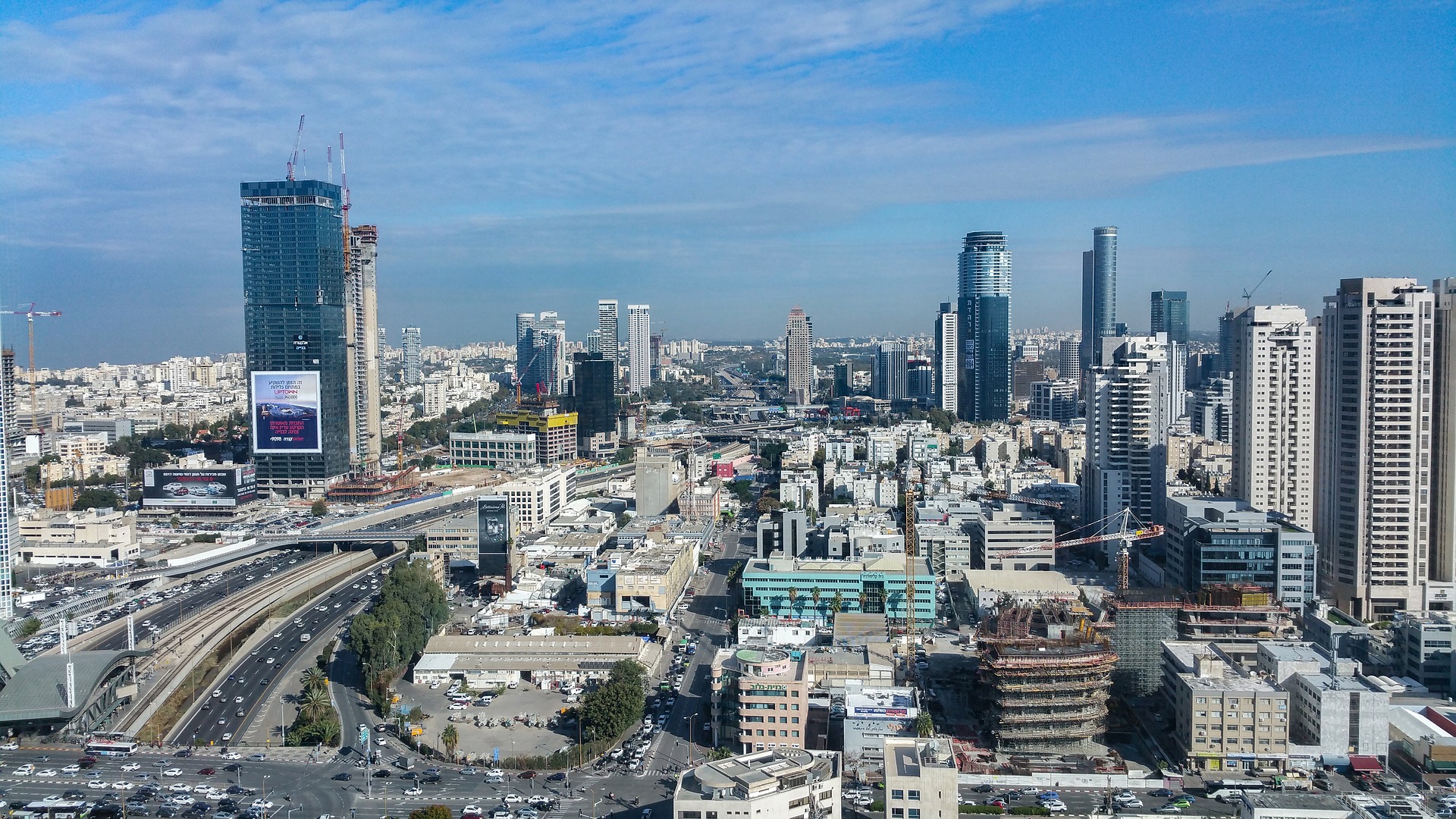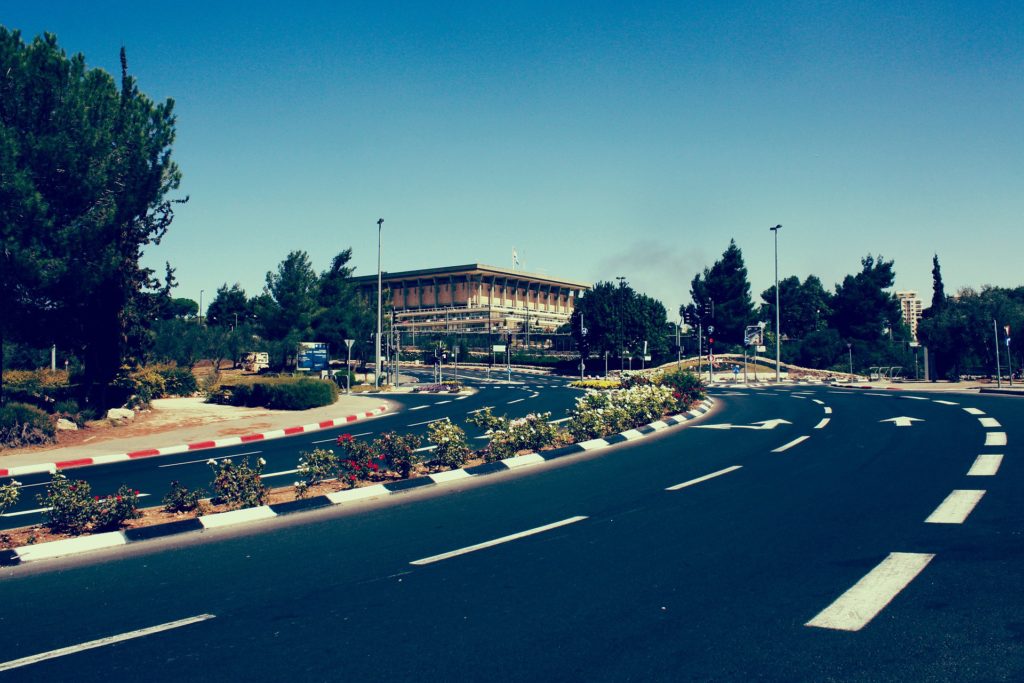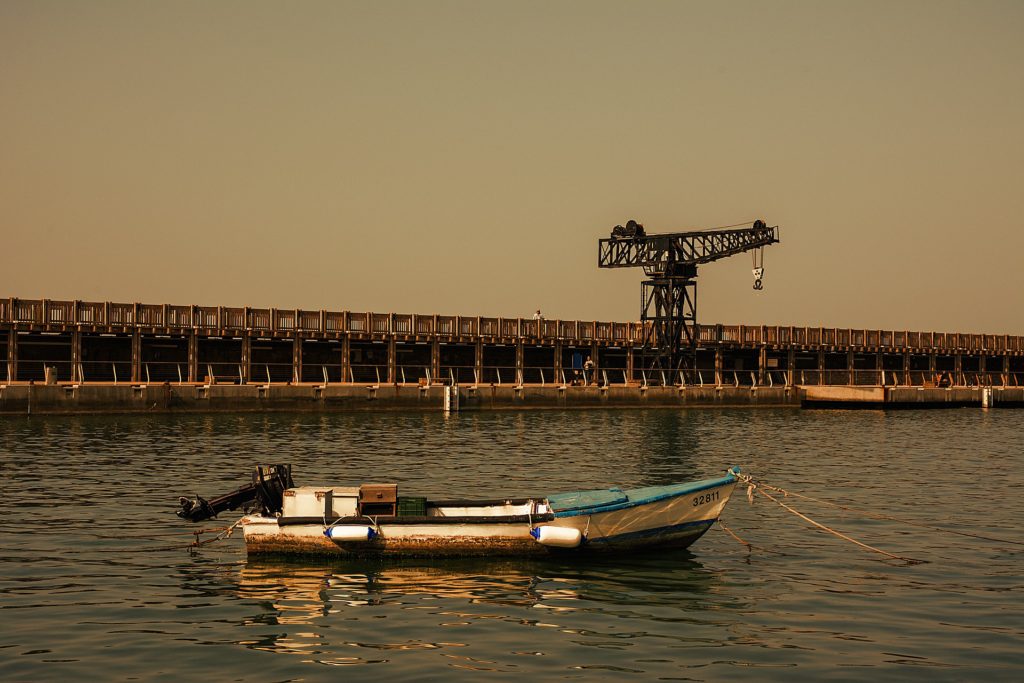In 2009, the municipality of Tel Aviv began to endorse plans to turn Neve Tzedek into a traffic island surrounded by huge towers and inter-city traffic arteries — including a proposed railway road that would in part surround the area. The plans also comprised establishing several parking lots along Rothschild Boulevard to handle the demand that would be an off-shoot of the increased road space.
Neve Tzedek, one of Tel Aviv’s eldest and most delightful neighborhoods, has become a hallmark for the power a community can have if it stands together. The residents and other opponents of the plan complained that skyscraper-lined highways would radically change the historic and social charisma of Neve Tzedek and its adjacent zones in south Tel Aviv. Many conservationists and residents were also concerned about the upshots of large amounts of traffic being channeled through the area, especially at a time when other developed cities realized that building highways was a mistake.
Opponents stated that the discussions around the plans were held behind closed doors with developers’ interests being put before those of the community. Rather than being held in the customary hall of the City Council, for example, the discussions occurred in a little municipality meeting room. The reason offered for the denial of entry for many residents was that there was not enough space. However, they guessed that the meeting was purposely held in a little space to avoid their participation. The meeting commenced, after an hour, when they were eventually allowed in, the residents made sure they were noticed enthusiastically egging on council members who expressed disapproval of the plans with applause. Moreover, the plan, which was never submitted to the public for their perusal nor printed, was finally made accessible midway through the meeting after being asked to do so by a member of the council.
Numerous Neve Tzedek representatives complained that the plan was shallow, unethical and quickly slammed together. They claimed that papers also left out major issues, such as the impact of planned skyscrapers on breezes, or where the shadows they cast would rest. Clearly, no one had also considered where the children of all the new residents would be schooled, nor how all the cars would impact the already high-traffic zone. Several members of the council noted that the new structures, most likely to be occupied by foreign residents, would not endorse the city’s quality of life.
When the meeting culminated it suddenly become apparent that somebody had in fact drafted a different plan, wherein the proposed thousands of housing units would be built in low buildings rather than skyscrapers. This option was not cited throughout the meeting, even though the local representatives had articulated their solid partiality to this option. Once the claims of all sides were offered, meeting chair Deputy Mayor Doron Sapir, requested all observers to exit saying that a closed discussion would now be held.
For the past several years the ‘Residents for Neve Tzedek,’ a not for profit association founded in 2009 as the decision-making division of the Neve Tzedek Action Committee, has been engaged in a campaign against the plans. Members of the Committee volunteer their time and money to save the neighborhood from a future of dense construction, noise and exhaust fumes. The association’s objectives are to conserve the distinctive charm of Neve Tzedek, endorse an all-inclusive and maintainable visualization for the area and its surroundings, and to encourage the creation of indigenous instructive establishments for the advantage of the local inhabitants.
The struggle of the Association finally bore fruit in 2013 when the District Court, presided by Judge Sarah Gadot, decided to cancel plans to build a 36-story tower and to add 10 more stories to a tower under construction in the neighborhood. The plans canceled included the Yitzhak Elhanan B and Yitzhak Elchanan C program in the neighborhood, which included, among others, moving a road and destroying a public institution and a school without the municipality having to bear the involved costs.
This was a precedent-setting judgment as all the relevant bodies had already approved the plan. The petition was filed by the locals from Neve Tzedek together with parents of children who require a school in the neighborhood, backed by a parents’ petition comprising around 200 signatures. The parents lobbied the district court to stop plans to build towers on Yitzhak Elchanan Street, stating: “We will not agree to towers as long as there is no educational solutions in the neighborhood…The plan constitutes a real-estate deal in which the municipality cuts its obligation to establish educational institutions, despite the dire shortage of educational institutions in the area where it admits.”
The judge agreed with the petitioners that “building rights are not a means of payment and are not an asset to be traded, and the planning institutions should not be allowed to relate to building percentages as banknotes in their possession and to raise extra-budgetary financing for public activity imposed on the municipality itself.”
Meanwhile, the fight continues. However, the council never considered that Neveh Tzedek comprises a bubble of wealthy, well-connected, and opinionated residents and that by excluding them from the larger part of the development process, they would come up against adamant resistance that has lost faith in its bureaucrats!





